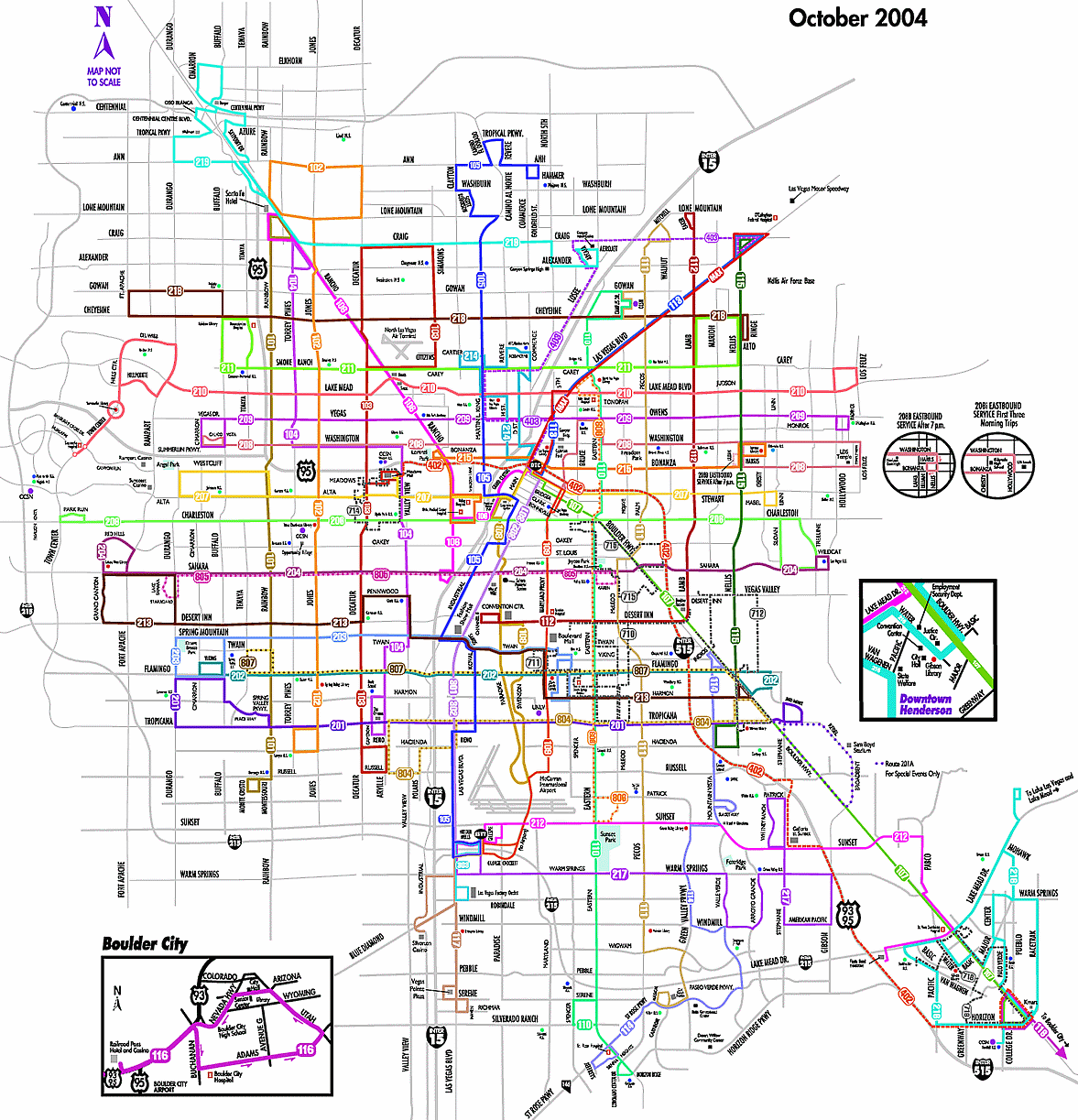A document that lists the hours of public transportation services is called a bus schedule for bus. There are internal timetables to notify staff members and public timetables to help travelers plan their journeys. It serves as a guide to help passengers understand the direction and destination of buses.
Every bus schedule has some key components to take note of.
Route map
The primary highways in a given area, as well as the primary routes taken by buses, trains, and other modes of transportation, are depicted on a route map. A route map is provided in every schedule. The time table provides pick-up times for stops indicated by solid-colored circles. The stops with unfilled circles are those where you will need to estimate the time it will take to get there from the nearest stops in the table.
Loop or direction
Routes can go both ways along the same road with pickup points in both directions, or they can make a circle of successive streets to and from a central site, such a transportation center. When the bus reached its destination, where would it go? And where would a brand-new bus originate? Routes are a closed loop because of this feature.
Days of service
Find out which days of the week the route operates. Certain CSU routes are only available Monday through Friday or during the academic year.
Transfers
At a given station, route charts usually indicate where you can transfer to different routes. If a person purchases a single-trip ticket on a public transportation vehicle, a transfer enables them to continue their journey on a different bus or train. There could or might not be an extra charge for the transfer, depending on the network.
Route number and name
Usually, the route name alludes to significant points along the path. While east-west lines have the lowest numbers in the south, north-south routes have the lowest numbers in the west.
Pick up and drop off times
Choose the stop that is nearest to you based on the bus schedule for bus. From the earliest to the latest time of day, the stop will list all pickup times. Similarly, for the estimated delivery time, identify the time that is precisely opposite the time you have chosen for pickup and corresponds to your location.
Summary
So to be able to read a bus schedule correctly, you will need to adhere to the references above so you can have a good trip all the time without confusing about buses. Essentially you must
- Take note of the time in local or GMT
- Know the names of neighborhoods
- Determine your days of travel
- Identify numbers of the vehicles
- Understand the routing of the streets
